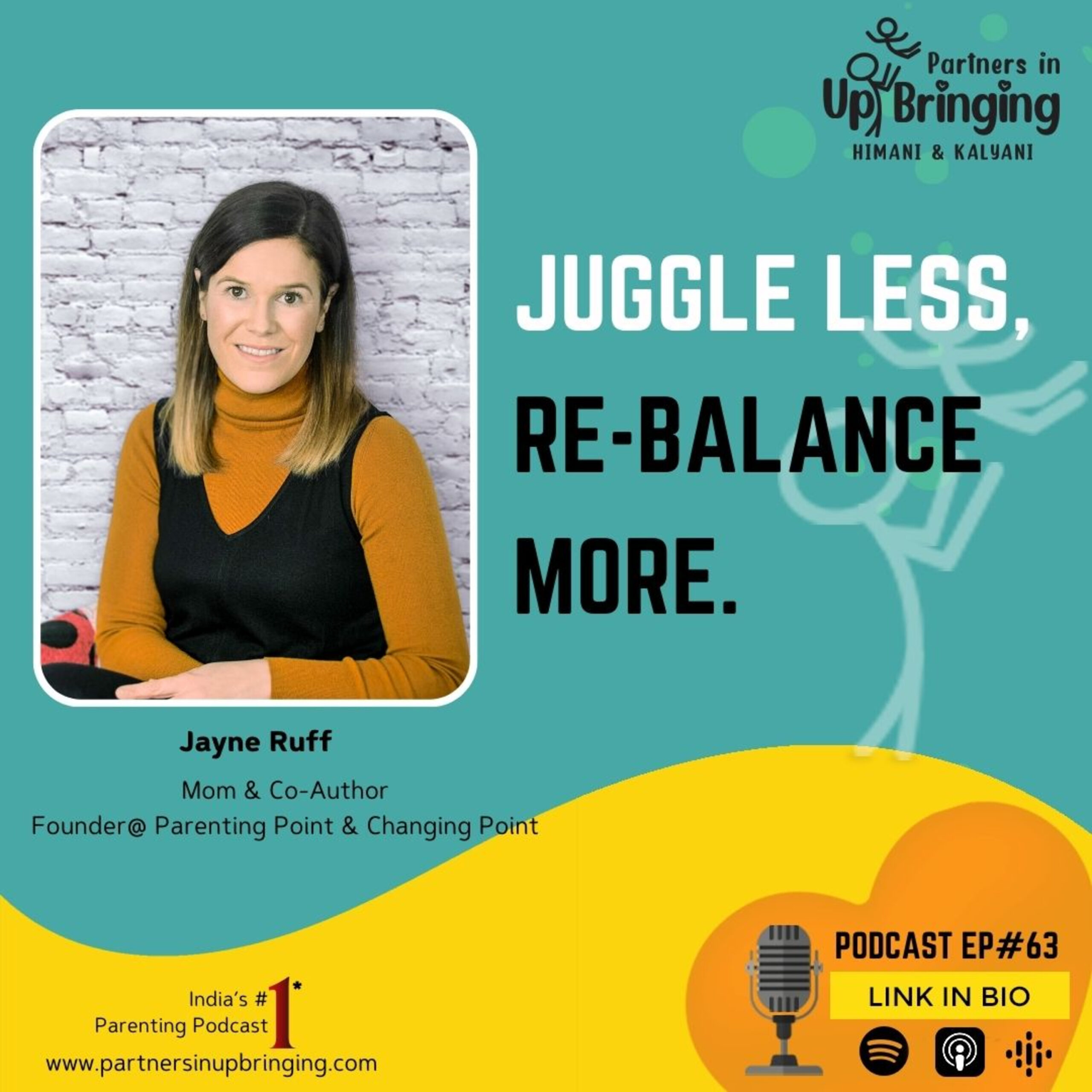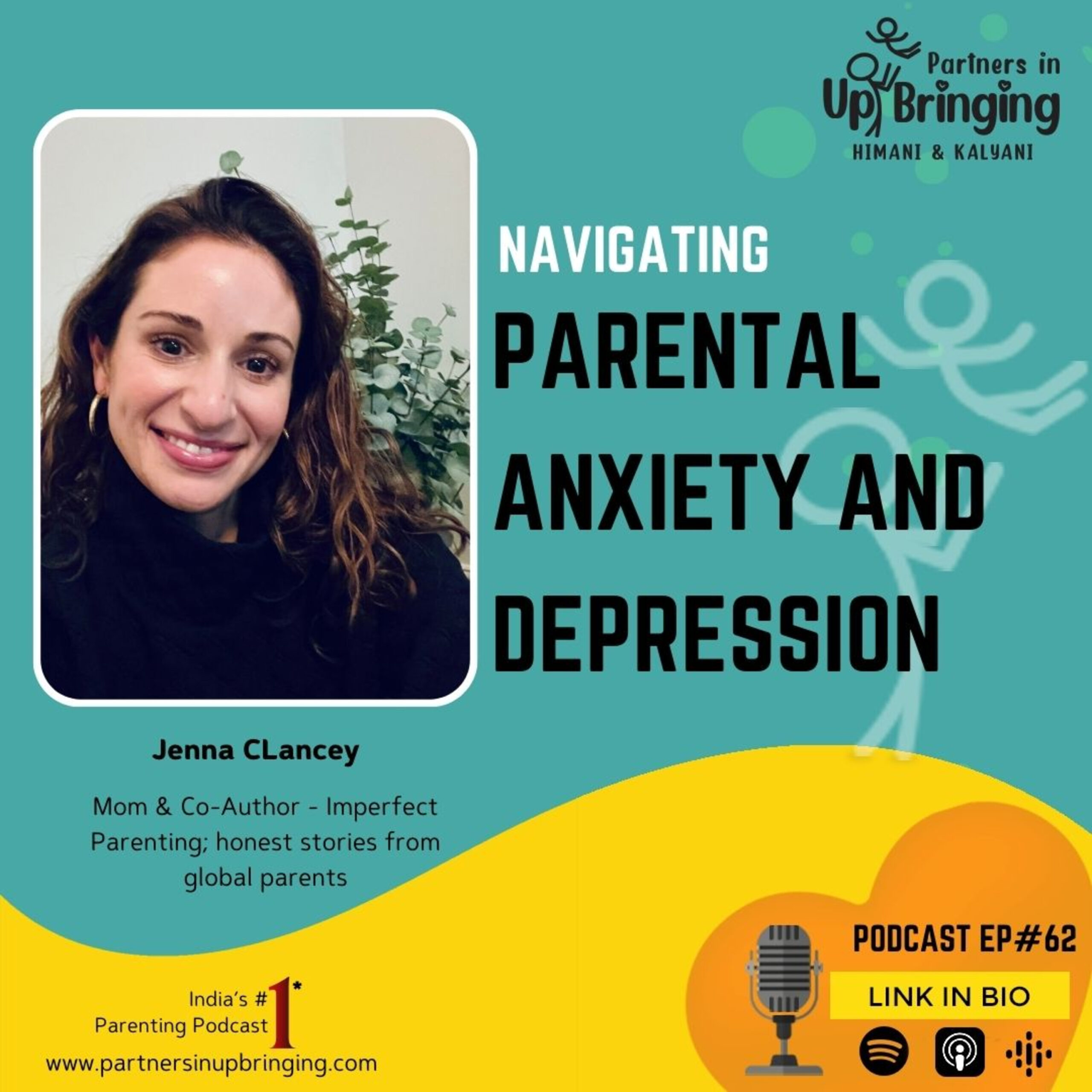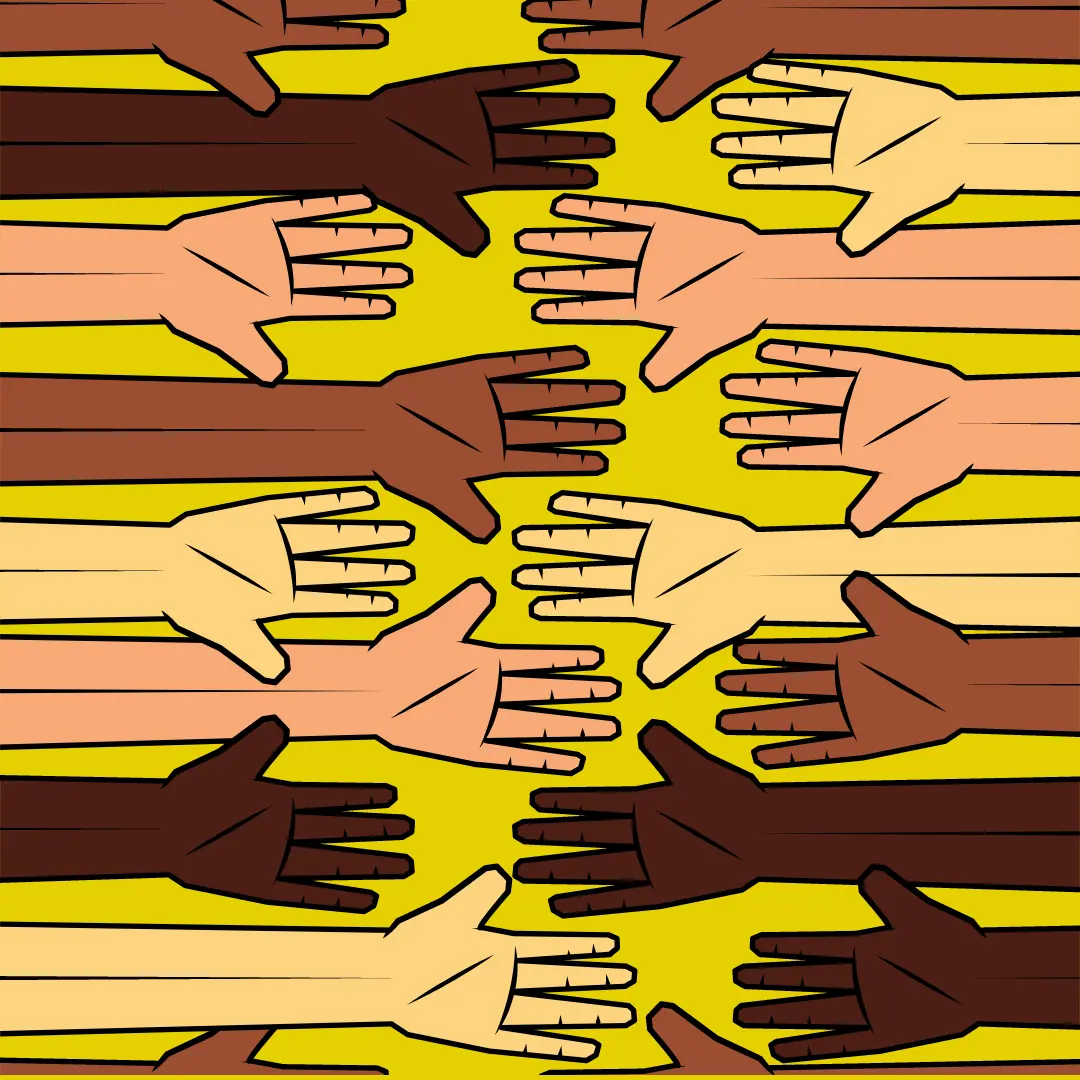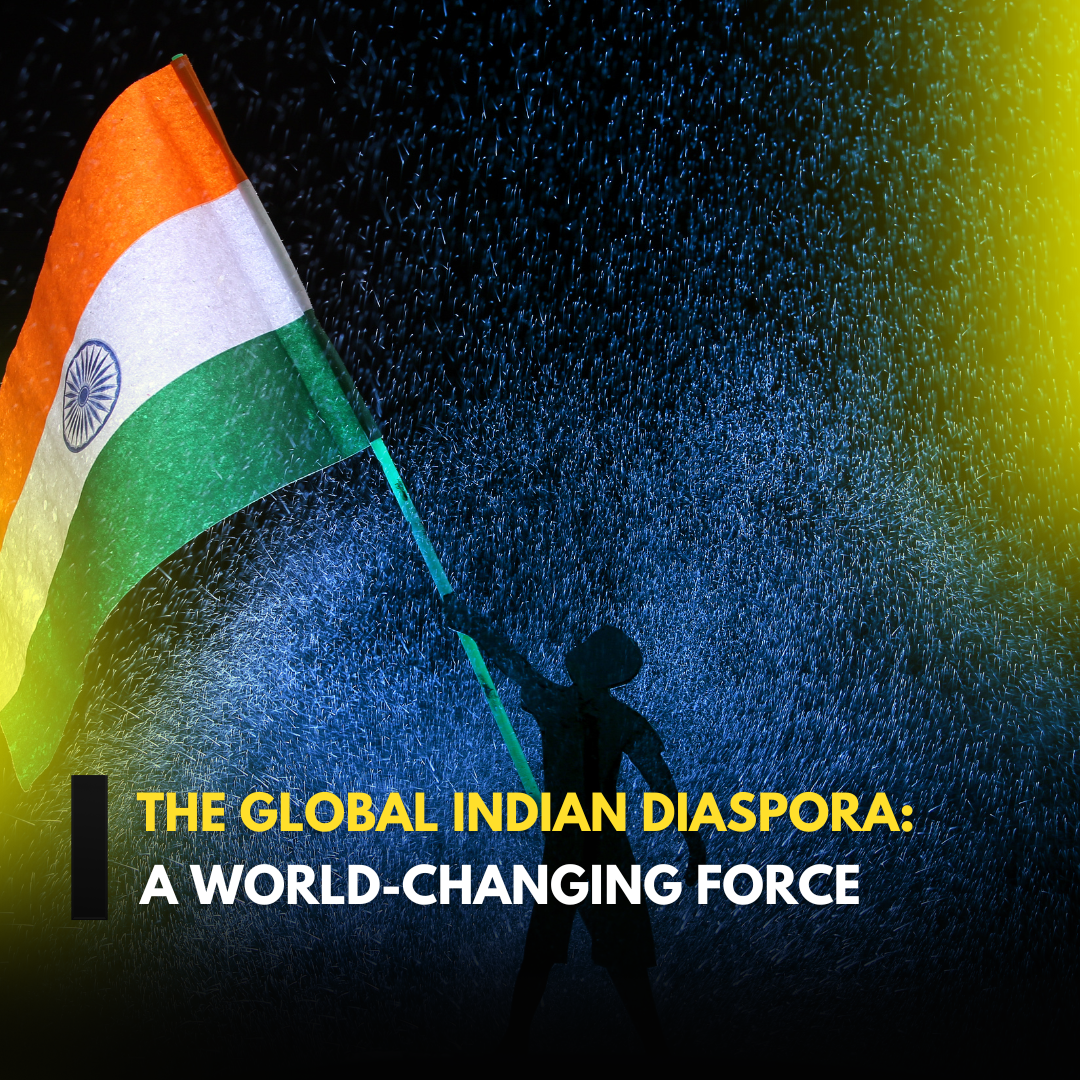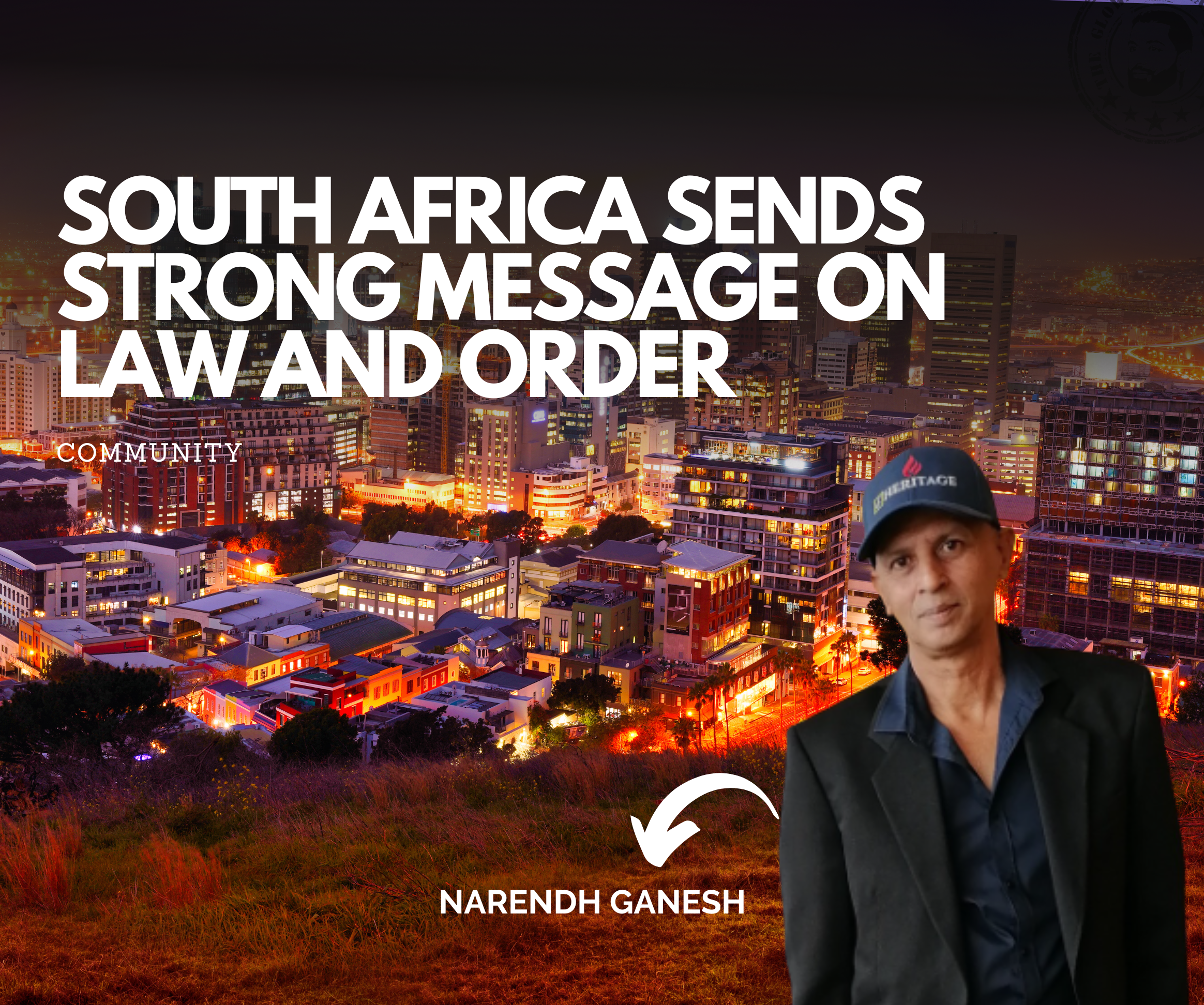A New Generation Creating a Cultural Identity : Have you read that article in Scroll on Sanskrit and computer software? What about Following Fish by Samanth Subramanian? Surely, you’ve read BuzzFeed’s 14 Public Announcements That Could Only Be Made in India ? And seen the BeingIndian video on penis sizes? No? You should. 1.6 million kids already have.
Something’s happening in India’s media culture. It’s happening far from your television set, and it’s gaining momentum everyday. We are increasingly producing popular media content that is turning our gaze inwards and informing us about ourselves. It’s happening both within traditional publishing, as evidenced by the rise of quality non-fiction writing in India, about India, that is finding readers both here and abroad. And it is happening online, especially online, from comedy to magazine-style journalism; from the trite and banal to original voices finding social and cultural value.
And, it is being created and consumed, in significantly big and rapidly growing numbers, by a new urban demographic — that sits dead centre in the media planner’s handbook — the 12 to 35 age group whose tastes and habits will decide the media landscape of tomorrow; whose patronage is the stuff of dreams for a media establishment that is in the midst of an existential crisis, as it sees the old familiar realities being replaced by new befuddling ones, brought on by that strange animal, the Internet.
But what does this mean? What kind of hunger is this satisfying? And whose?
Sahil Khattar terms it the ‘void of suppression’. Khattar is the face of a hugely popular show on YouTube called BeingIndian. He goes out on the streets of Mumbai, Delhi, Bengaluru seeking young people’s opinion on stuff. Like first kisses or Tinder dating or general knowledge, like the time he convinced two girls that the British had decided to invade India all over again. It’s hilarious but weirdly authentic and hence revealing. Says Khattar, “The idea is to spiral inward. To ask, what are we from the inside? To bring that out and show — this is who we are, this is what we are about. Now how do you want to deal with it? What makes our show work is curiosity. The magic is in getting to know different kinds of Indians.” To hear what others think about, for instance, sex or gender, as a way of contrasting or relating your own opinion with theirs.
* * *
Implied in this curiosity to know ourselves is the construction of an identity. It is as if a whole generation, in the face of a void, is trying to create a relatable cultural space for itself, and this in turn necessitates defining a self. And so the question, “Who are we? What are we really about?” And the reason why ‘10 True Things about Growing Up in Madras’ gets shared widely.
Varsha Patra, business and strategy head at Homegrown, an Indian youth culture website, says, “School textbooks in India are dull. How do we tell these stories about ourselves in a manner that’s interesting? In our own voices. We want to know more and that means going back to our roots. Also, the construction of identities online happens through curation.” In the sharing of content is an act of self-identification.
Bringing more perspective to this narrative about a generation flexing itself is Naresh Fernandes, editor of digital daily Scroll . He says, “This is not new. The volume has gone up but the impulse and the form is not new. We have short memories. Every generation wants to believe that it is pioneering something new while, in fact, all it is doing is tweaking something that already existed.” This self-reflexivity has existed in India before, Fernandes insists, and asks that you visit the Daryaganj second-hand book market in Delhi to confirm it.
It is true. We stand on the shoulders of forgotten elders. But, as even Fernandes concedes, there is a shift in volume. And volume matters when it’s large enough. There is the fact of technology that is qualitatively changing the world in ways never before seen. Also the fact that the Internet is aiding the very excavations and accessing of our past that was otherwise unavailable except to the initiated among us. And, finally, the preponderance of the young, coming-of-age generation in post-liberalisation India.
Simar Puneet, senior commissioning editor at Aleph Book Company, the publishing house that was ahead of the curve in predicting the hunger for narrative non-fiction in India, says “This is the first time we have a generation of Indians who do not suffer from cultural-cringe. Who are starting to put behind the colonial mindset that tended to be condescending about Indian habits, culture, society, and so on. We have to go beyond Readers’ Digest platitudes and 800-word pieces about this or that aspect of India. And that’s beginning to happen.”
And it is the Internet that is turning this generation into global citizens. Self-confident and armed with fresh continuing examples of their worth — from Sundar Pichai to Rahul Yadav — they are staking a cultural claim on the world that goes beyond the tired socio-cultural reference points that the world has of India and the Indian. Says Rega Jha, the 23-year-old editor of BuzzFeed India , “Our central identity online vis-à-vis the rest of the world is indignation. It’s like we want it known that we are here, we are proud, we have won Nobel Prizes, and that we are not being given our due. That’s why posts like ‘Things Foreigners Need to Stop Asking Us’ go viral. It’s like this generation is saying to the world, we are incredible and you need to get this. Now.”
Much of this content is qualitatively different from what is available through the traditional media channels. Amit Golani, executive creative producer at online youth entertainment network The Viral Fever, says: “We’ve gone from straight-up copying to original storytelling. The form and style is Western. But the content is Indian.” According to Amit, the decade-long presence of high-speed Internet has brought with it exposure to quality storytelling from around the world for young creators and audiences, both members of a post-Internet generation. “This presents an automatic challenge since the benchmark now for audience and creator alike is original storytelling from around the world.”
It’s that new benchmark plus the primary imperative of entertainment to make the story relatable that is pushing the agenda of originality. The form crosses over but the content needs to be Indian and hence the need to create. Says Jha, “There is no longer any place for people who have made careers out of stealing other people’s work.” Copying is met with instant rejection and active hate on the Net.
But it’s also about the medium. Says Jha, “The Internet is providing a new space that is ungoverned by conventions. Freedom of expression in India always came with caveats. On the Internet, it is unmitigated.” When Golani was working on an episode for Bindaas on corruption, part of a series themed around social ills, “the script came back with red lines under almost every line. ‘Can’t say “India goes corrupt” because it will offend.’ Then why make it? It’s a social problem but we can’t mention it. We couldn’t even mention Facebook because of legal issues. This is the tediousness.” What is censored is precisely what matters.
We are big, diverse and straddle a multitude of realities. And yet, our popular culture still peddles us banal superficialities about each other. Perhaps this generation is in a position to change that. And in complicating our notions about ‘Indianness’, who knows, maybe even teach us to laugh at ourselves.
Something’s happening in India’s media culture. It’s happening far from your television set, and it’s gaining momentum everyday. We are increasingly producing popular media content that is turning our gaze inwards and informing us about ourselves. It’s happening both within traditional publishing, as evidenced by the rise of quality non-fiction writing in India, about India, that is finding readers both here and abroad. And it is happening online, especially online, from comedy to magazine-style journalism; from the trite and banal to original voices finding social and cultural value.
And, it is being created and consumed, in significantly big and rapidly growing numbers, by a new urban demographic — that sits dead centre in the media planner’s handbook — the 12 to 35 age group whose tastes and habits will decide the media landscape of tomorrow; whose patronage is the stuff of dreams for a media establishment that is in the midst of an existential crisis, as it sees the old familiar realities being replaced by new befuddling ones, brought on by that strange animal, the Internet.
But what does this mean? What kind of hunger is this satisfying? And whose?
Sahil Khattar terms it the ‘void of suppression’. Khattar is the face of a hugely popular show on YouTube called BeingIndian. He goes out on the streets of Mumbai, Delhi, Bengaluru seeking young people’s opinion on stuff. Like first kisses or Tinder dating or general knowledge, like the time he convinced two girls that the British had decided to invade India all over again. It’s hilarious but weirdly authentic and hence revealing. Says Khattar, “The idea is to spiral inward. To ask, what are we from the inside? To bring that out and show — this is who we are, this is what we are about. Now how do you want to deal with it? What makes our show work is curiosity. The magic is in getting to know different kinds of Indians.” To hear what others think about, for instance, sex or gender, as a way of contrasting or relating your own opinion with theirs.
* * *
Implied in this curiosity to know ourselves is the construction of an identity. It is as if a whole generation, in the face of a void, is trying to create a relatable cultural space for itself, and this in turn necessitates defining a self. And so the question, “Who are we? What are we really about?” And the reason why ‘10 True Things about Growing Up in Madras’ gets shared widely.
Varsha Patra, business and strategy head at Homegrown, an Indian youth culture website, says, “School textbooks in India are dull. How do we tell these stories about ourselves in a manner that’s interesting? In our own voices. We want to know more and that means going back to our roots. Also, the construction of identities online happens through curation.” In the sharing of content is an act of self-identification.
Bringing more perspective to this narrative about a generation flexing itself is Naresh Fernandes, editor of digital daily Scroll . He says, “This is not new. The volume has gone up but the impulse and the form is not new. We have short memories. Every generation wants to believe that it is pioneering something new while, in fact, all it is doing is tweaking something that already existed.” This self-reflexivity has existed in India before, Fernandes insists, and asks that you visit the Daryaganj second-hand book market in Delhi to confirm it.
It is true. We stand on the shoulders of forgotten elders. But, as even Fernandes concedes, there is a shift in volume. And volume matters when it’s large enough. There is the fact of technology that is qualitatively changing the world in ways never before seen. Also the fact that the Internet is aiding the very excavations and accessing of our past that was otherwise unavailable except to the initiated among us. And, finally, the preponderance of the young, coming-of-age generation in post-liberalisation India.
Simar Puneet, senior commissioning editor at Aleph Book Company, the publishing house that was ahead of the curve in predicting the hunger for narrative non-fiction in India, says “This is the first time we have a generation of Indians who do not suffer from cultural-cringe. Who are starting to put behind the colonial mindset that tended to be condescending about Indian habits, culture, society, and so on. We have to go beyond Readers’ Digest platitudes and 800-word pieces about this or that aspect of India. And that’s beginning to happen.”
And it is the Internet that is turning this generation into global citizens. Self-confident and armed with fresh continuing examples of their worth — from Sundar Pichai to Rahul Yadav — they are staking a cultural claim on the world that goes beyond the tired socio-cultural reference points that the world has of India and the Indian. Says Rega Jha, the 23-year-old editor of BuzzFeed India , “Our central identity online vis-à-vis the rest of the world is indignation. It’s like we want it known that we are here, we are proud, we have won Nobel Prizes, and that we are not being given our due. That’s why posts like ‘Things Foreigners Need to Stop Asking Us’ go viral. It’s like this generation is saying to the world, we are incredible and you need to get this. Now.”
Much of this content is qualitatively different from what is available through the traditional media channels. Amit Golani, executive creative producer at online youth entertainment network The Viral Fever, says: “We’ve gone from straight-up copying to original storytelling. The form and style is Western. But the content is Indian.” According to Amit, the decade-long presence of high-speed Internet has brought with it exposure to quality storytelling from around the world for young creators and audiences, both members of a post-Internet generation. “This presents an automatic challenge since the benchmark now for audience and creator alike is original storytelling from around the world.”
It’s that new benchmark plus the primary imperative of entertainment to make the story relatable that is pushing the agenda of originality. The form crosses over but the content needs to be Indian and hence the need to create. Says Jha, “There is no longer any place for people who have made careers out of stealing other people’s work.” Copying is met with instant rejection and active hate on the Net.
But it’s also about the medium. Says Jha, “The Internet is providing a new space that is ungoverned by conventions. Freedom of expression in India always came with caveats. On the Internet, it is unmitigated.” When Golani was working on an episode for Bindaas on corruption, part of a series themed around social ills, “the script came back with red lines under almost every line. ‘Can’t say “India goes corrupt” because it will offend.’ Then why make it? It’s a social problem but we can’t mention it. We couldn’t even mention Facebook because of legal issues. This is the tediousness.” What is censored is precisely what matters.
We are big, diverse and straddle a multitude of realities. And yet, our popular culture still peddles us banal superficialities about each other. Perhaps this generation is in a position to change that. And in complicating our notions about ‘Indianness’, who knows, maybe even teach us to laugh at ourselves.
Media house: The Hindu
Link to original article: https://www.thehindu.com/features/magazine/young-india-new-hunger-for-identity-through-pop-culture/article7590672.ece
Notes: apart from title change, the article has remained the same
-------------------------------




